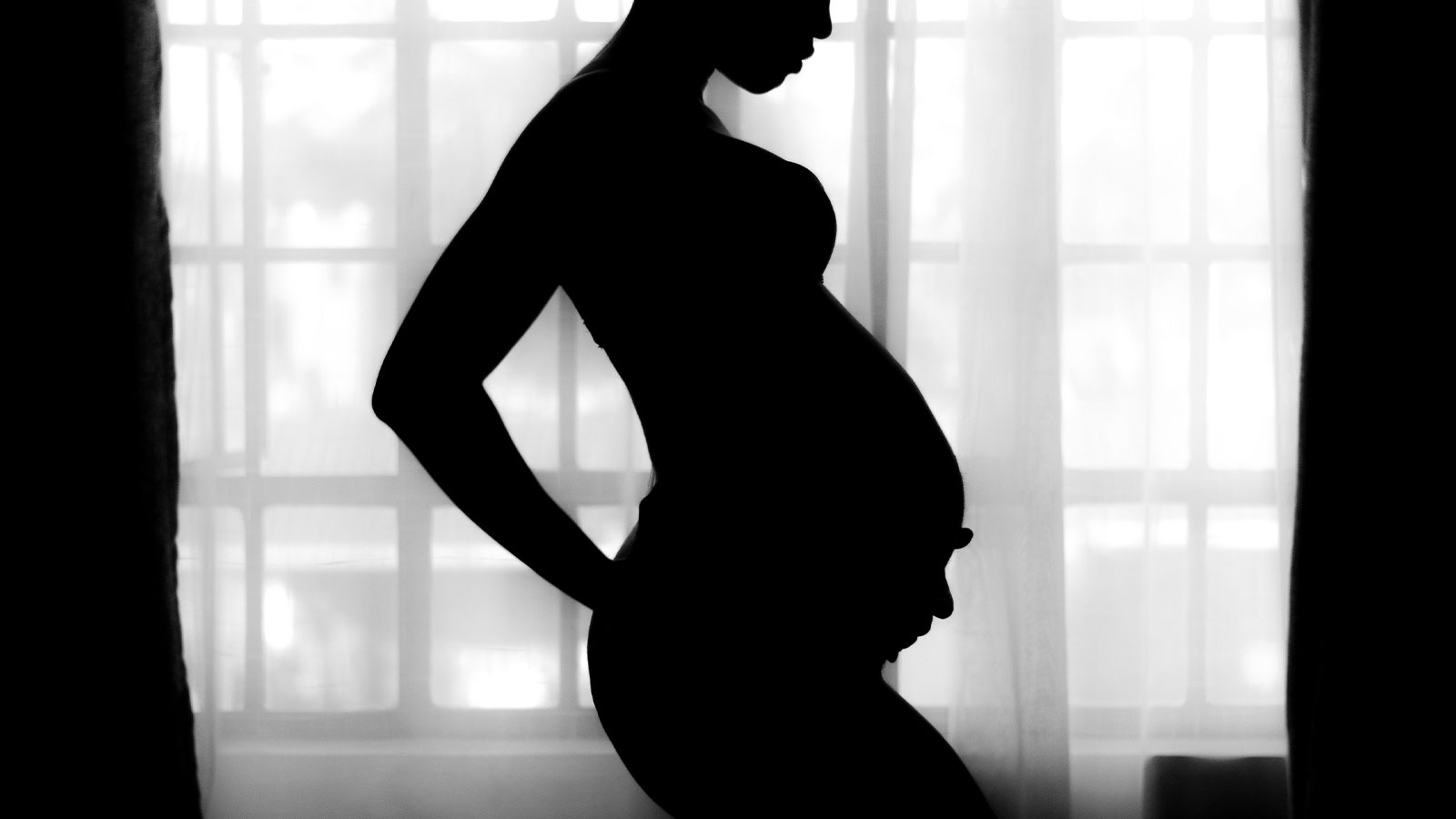Everyone’s a Google expert, but it can be difficult to tell what’s true when it comes to reproductive health. Here are trusted resources.
By Anissa Durham, Word In Black —
This story is part four of Word In Black’s Health Misinformation series, exploring the ways Black folks can identify false information and verify credible health sources. Read the series.
Abortion, for some, is a trigger word.
It’s one of the most controversial and divisive topics in healthcare. But this story isn’t about what side of the debate you stand on. It’s about the misinformation and disinformation that dominates this space. And the alternative ways women of color are working to provide factual information about sexual and reproductive health.
Indeed, something that often gets lost in the discussion of sexual and reproductive health care is that it’s not just about abortion. Menstrual hygiene, birth control, managing hormones, fertility journeys, sexual pleasure, and the prevention of sexually transmitted infections are intersectional parts of sexual and reproductive health care.
That’s why Roopan Gill co-founded Vitala Global Foundation, an organization building evidence-based digital solutions that support women, girls, and gender-diverse people in sexual and reproductive health issues. As a practicing OBGYN, her work centers around misinformation and the censorship of information about abortion, contraception, and miscarriage care.
There are differences in reproductive health outcomes that impact Black women at higher rates, like unintended pregnancy, abortion, and maternal mortality crisis. According to a 2022 study by Health Affairs, reproductive health disparities occur and are supported by a backdrop of racism in the United States. The history of medical experimentation, coercion, and mistreatment of Black women has fueled a mistrust of the medical system.
As a result, Black and Brown bodies have historically not been valued. “We’re already facing so many barriers just by the nature of our skin color,” Gill says.
Why does this matter?
“Right now, physicians and the internet are like gatekeepers … and preventative of people reaching their full potential in terms of their reproductive autonomy,” she says. “I really think it’s about empowerment and reproductive autonomy and putting the care in people’s hands so that they are the ones in control.”
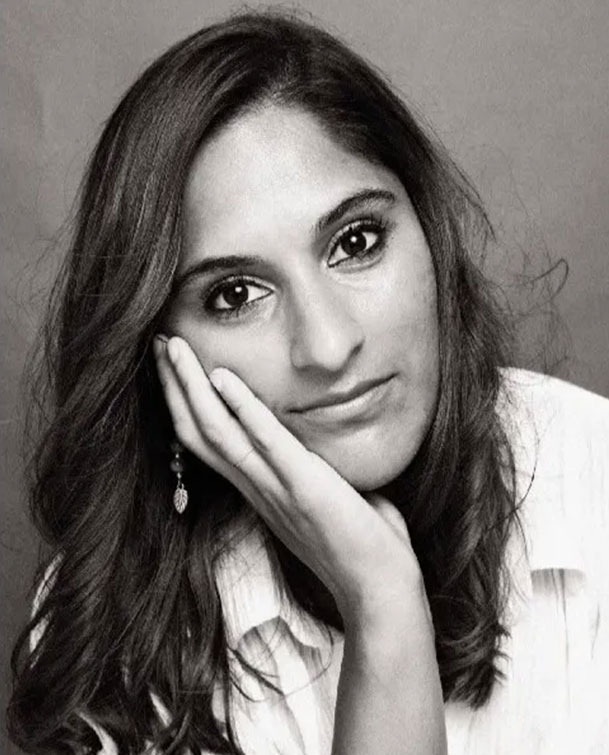
Courtesy of Roopan Gill via LinkedIn.
If you want to move the needle on reproductive rights, it’s critical to address the issues of populations that are the most impacted, Gill says. In doing so, resources and information need to be accessible to Black folks when it comes to sexual and reproductive health care.
Another aspect Gill highlights is the intersection of women’s hormones and their emotional and mental well-being.
“They’re not just siloed, they all connect and intersect with one another,” she says.
At Vitala, Gill’s flagship product is Aya Contigo, an app focused on virtual sexual and reproductive health. The app was created to provide evidence-based information for marginalized women and girls in Venezuela, Colombia, and other Latin American countries. This fall, it will launch in the U.S.
Everyone’s a Google Expert
When examining the ways people access information, especially around reproductive health care, the internet is at the top of the list. “Whether it’s Venezuela, the U.S., Canada, or Colombia, the first place people are going is Google,” Gill says. The second most common option people turn to is their friends. But it’s challenging to sift through the misinformation and disinformation about women’s health.
In June 2022, Roe v. Wade, the landmark 1973 case that affirmed the constitutional right to abortion was overturned. According to The Next Infodemic: Abortion Misinformation, an article published in 2023 by researchers from the University of Connecticut, the reversal of this case has already had harmful effects.
The researchers state that “a perfect storm of factors is driving an abortion infodemic including a confusing and rapidly changing legislative landscape, the proliferation of abortion disinformants, and lax efforts by internet and social media companies to abate abortion misinformation.”
By censoring, you’re actually promoting more misinformation.” – Roopan Gill, OBGYN & Co-founder of Vitala Global Foundation
Infodemics produce a high volume of misinformation that travels quickly on the internet and social media, the article states. That can then influence a patient’s ability to find medically accurate information that will inform their healthcare decisions. Even before the reversal of Roe v. Wade, states like Indiana, Kentucky, Ohio, and Arkansas with severely restricted access to abortion ranked highest on Google search traffic for home abortion in 2020.
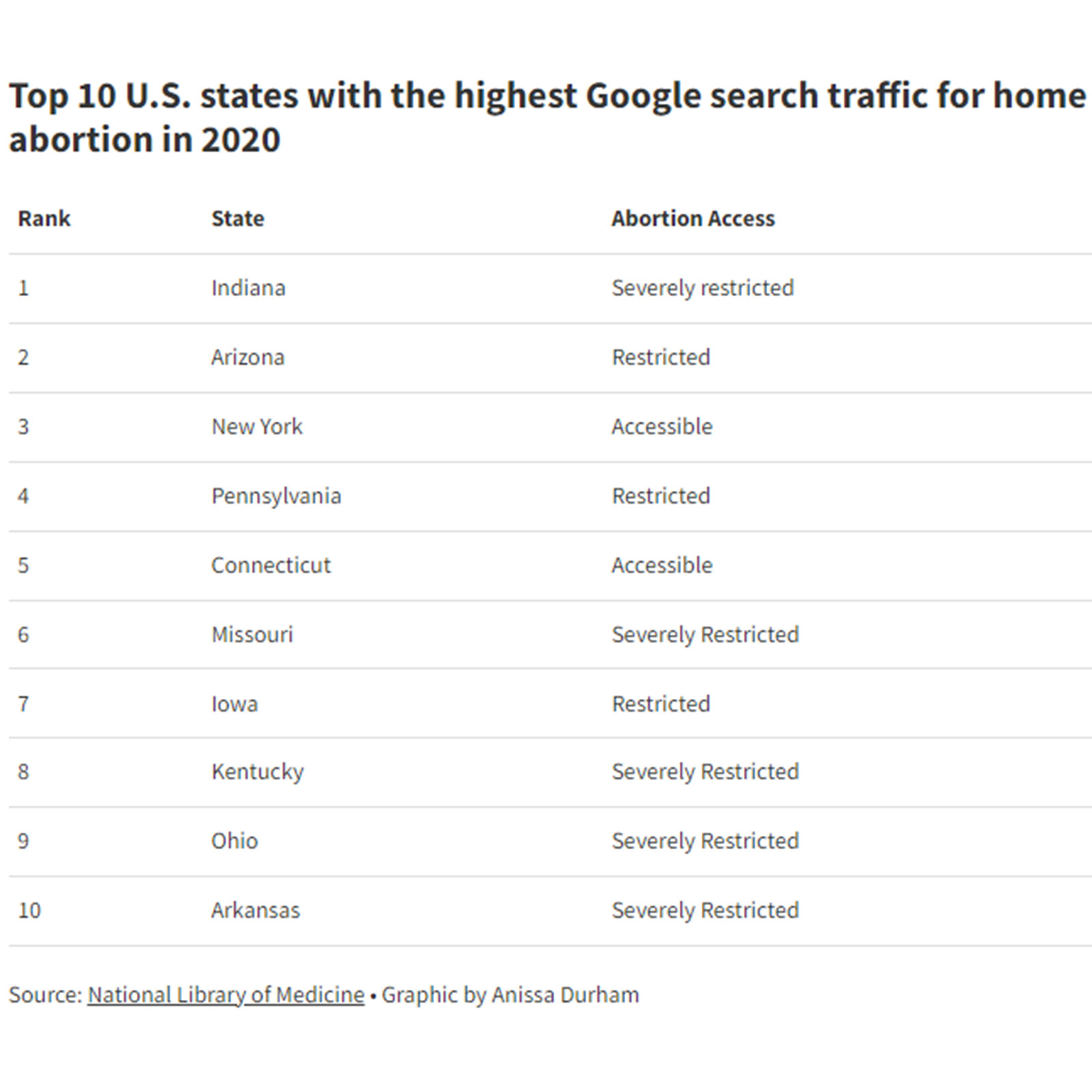
“Misinformation about abortion can also exacerbate maternal mortality when it influences policymakers who then use it to justify abortion bans, given that the bans themselves are expected to increase the national maternal mortality rate,” the article states. “For example, Ohio legislators, operating on misinformation, put forth a bill that would prohibit physicians from terminating ectopic pregnancies but instead requiring them to “reimplant” the embryo in the uterus, which is medically impossible.”
An ectopic pregnancy occurs when a fertilized egg implants and grows in a location outside of the uterus, commonly in the fallopian tube. The American College of Obstetricians and Gynecologists states as an ectopic pregnancy grows, it can cause the fallopian tube to burst, or rupture — which then leads to major internal bleeding. An ectopic pregnancy will never be viable, and it cannot be moved to the uterus where it can grow to delivery.
This is just one example of how misinformation and disinformation have impacted the sexual and reproductive health of women and girls. Gill says most people are looking for information on Google or social media platforms like Instagram, Facebook, and TikTok. But censorship and misinformation tend to overlap into this blurry space.
“You’ll see certain things in terms of ads or posts, when it’s related to male anatomy, it’s no issue. But when it’s related to women’s issues, whether it’s abortion, sexual pleasure, even the word vagina, like you can’t say these things,” she says. “So, by censoring, you’re actually promoting more misinformation.”
A Lack of Sexual Health Education
A common thread throughout the interviews for this story was that the lack of education on sexual and reproductive healthcare fuels misinformation in this space.
Raegan McDonald-Mosley agrees with that sentiment. As the CEO of Power to Decide, a national organization that works to advance sexual and reproductive wellbeing with a focus on people who have the most barriers to access, and OBGYN she’s actively working to provide accessible and accurate information.
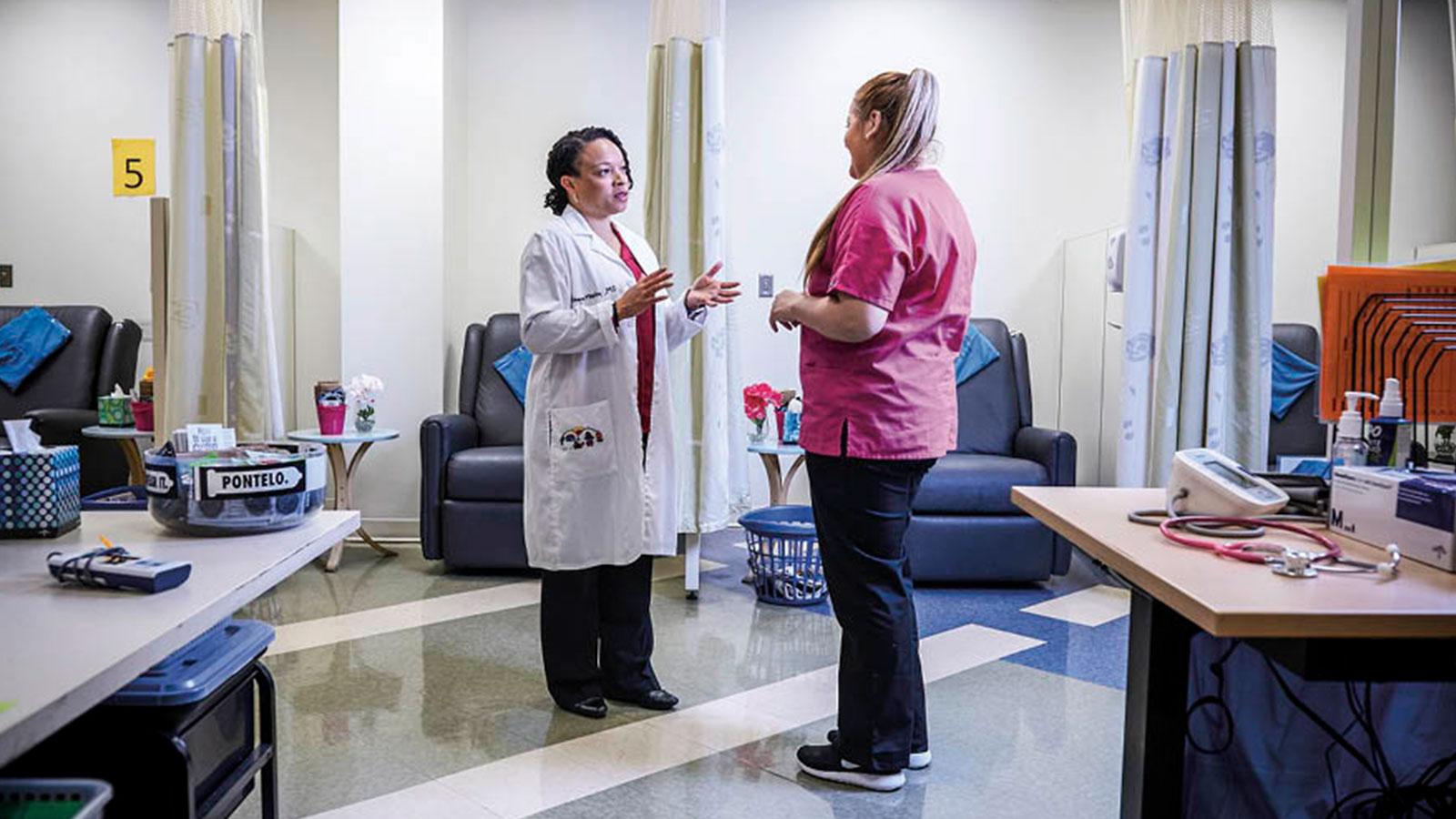
Dr. Raegan at Baltimore City Health Center. Courtesy of Raegan McDonald-Mosley.
“Misinformation is super pervasive when it comes to sexual and reproductive health. In part, because we have a really low national health literacy rate around sexual health,” McDonald-Mosley says. “We can’t count on everyone having a basic understanding about how their body works, how someone gets pregnant, what a healthy relationship looks like, how birth control works, and what abortion is.”
Some states have sex education, some states don’t. Even the states that have sex education in schools may not be as comprehensive as necessary. The information being taught ranges from HIV/STI education to abstinence to contraception lessons.
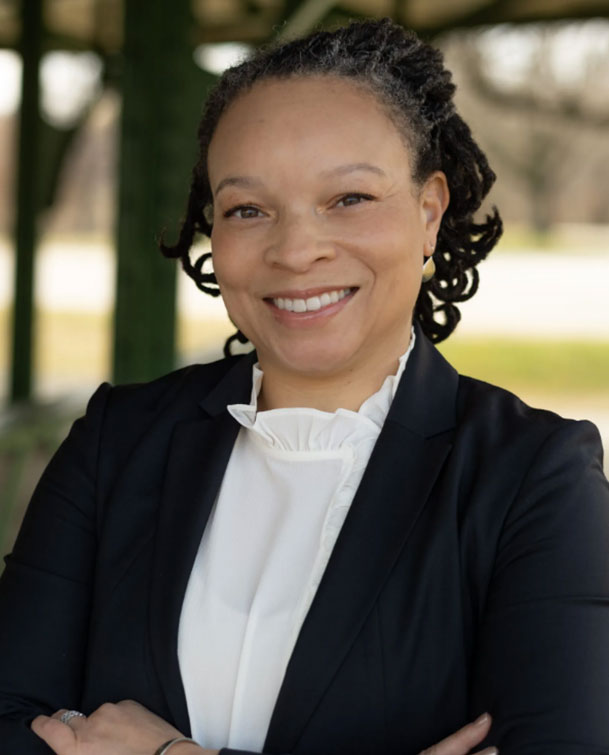
Photo of Dr. Raegan McDonald-Mosley/ Bonnie Sen Photography.
Where you live dictates how much you’ll learn in a K-12 setting about sex education. And often the politicization of sexual and reproductive health care determines how accessible information and care is. But that doesn’t mean you can’t access trusted and culturally relevant health information.
McDonald-Mosley has a few recommendations.
“Consider and interrogate the source,” she says. “If something looks overly politicized, it probably is and it’s probably not a valid resource.”
Vetting sources doesn’t just fall on the reader, reporters need to do their due diligence to be direct about what is going on and who is most impacted. For example, McDonald-Mosley says the difference between birth control pills, emergency contraception, and medication abortion pills needs to be clear because of the disinformation that is being spread about these pills.
Maternal Healthcare Matters
You can’t discuss sexual and reproductive health without talking about maternal healthcare. Black women have some of the highest rates of abortion and are three times more likely to die from a pregnancy than white women. In 29 states and D.C., that reported race and ethnic data on abortion, Black women had the highest rates of abortions in 2020.
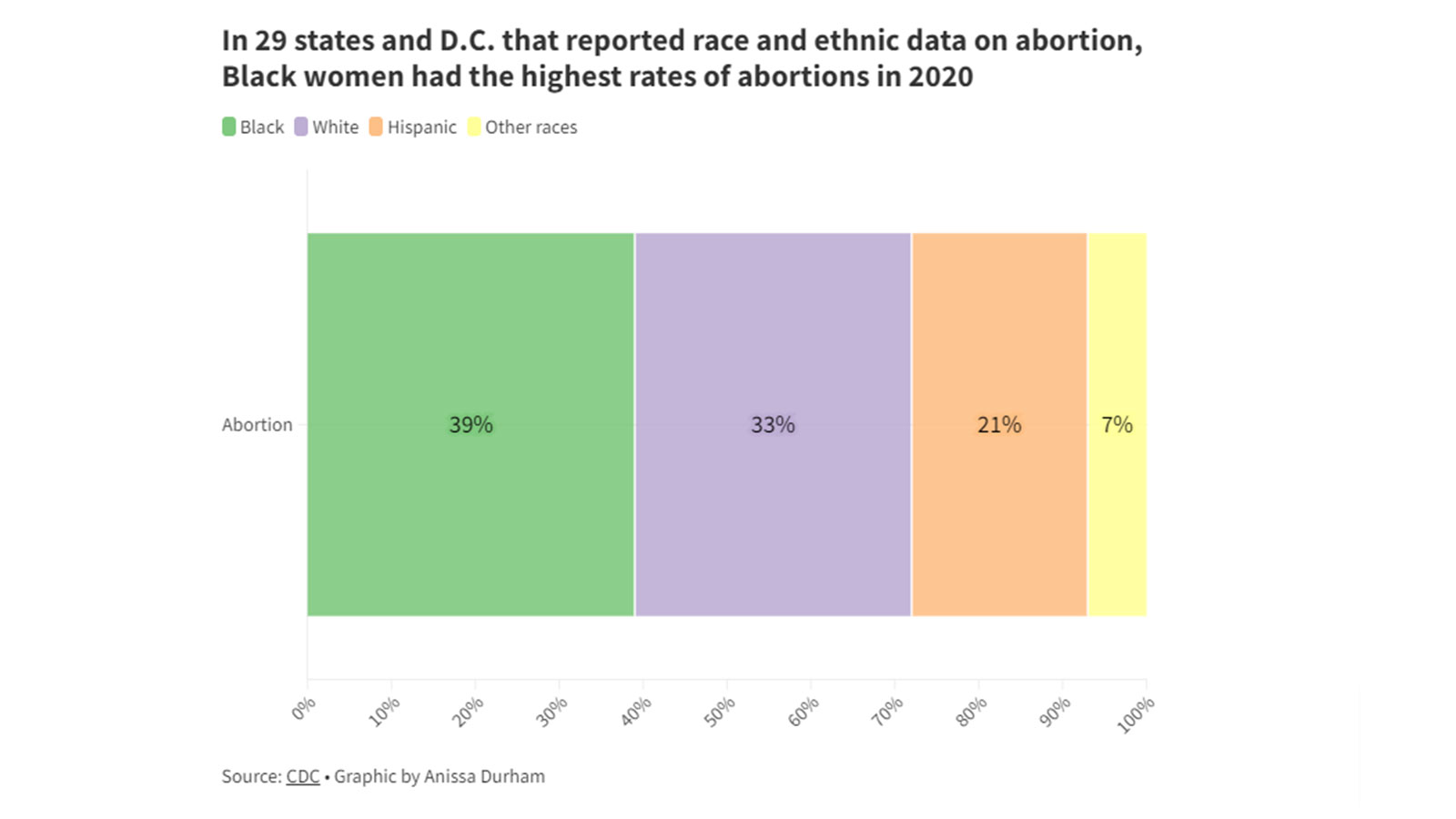 Kimberly Seals Allers, executive director of Narrative Nation Inc. and founder of the Irth app, is working to shift the narrative in Black maternal infant health. In doing so, her organization and app center Black folks as the narrators of their stories.
Kimberly Seals Allers, executive director of Narrative Nation Inc. and founder of the Irth app, is working to shift the narrative in Black maternal infant health. In doing so, her organization and app center Black folks as the narrators of their stories.
“Often the misinformation is based on stereotypes, racist tropes, assumptions that aren’t rooted in the lived experience of care,” she says. “Even when it’s research-based, we know that research is actually racist. Research structures have caused harm.”
In particular, the myth that Black folks experience less pain than white people because they have thicker skin is rooted in racist misinformation. Maternal health misinformation is not far off.
This conversation is connected to a larger conversation about media access so that communities of color can get it. — Kimberly Seals Allers, Founder of Irth.
Allers says the current narrative about the Black maternal health crisis often problematizes Black women during their pregnancy. For example, it’s common to read that Black women are more likely to be overweight, have high blood pressure, and have diabetes — and while that may be true, that same narrative isn’t spewed about white women. Yet, Black women are dying at disproportionate rates during childbirth because of racism, she says “Instead of just problematizing us, what is our lived experience?”
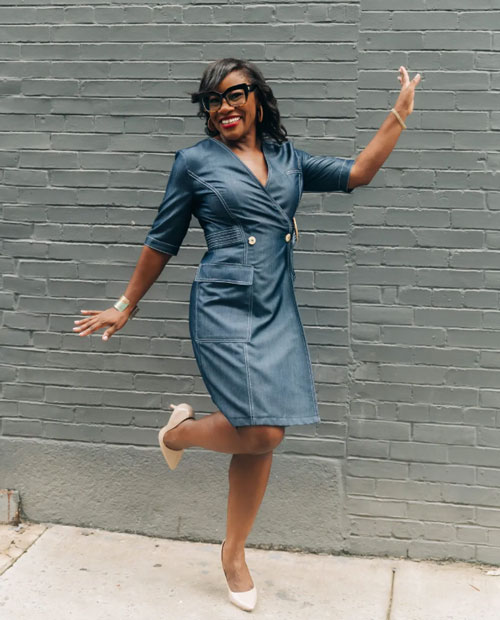
Courtesy of Kimberly Seals Allers.
It is more deadly to be a Black woman giving birth than to have an abortion. A 2022 study estimated that eliminating abortion for one year would increase maternal mortality by 39% for Black women because pregnancy has a higher fatality rate than abortion, for which death is extremely rare.
“People are forcing people to become parents even when they don’t want to be at that time in their life, but not caring about them throughout that experience — it’s almost a damned if you do damned if you don’t,” Allers says. “Making sure that Black women get to choose when and how they enjoy parenthood is critically important considering the fact that when we are pregnant, we are not going to be supported, we are more likely to receive racist treatment, and we are disproportionately more likely to die.”
In her role as a maternal and infant health strategist, she has heard Black women say they’d rather have an abortion than risk childbirth because of how racist the health care system is. The link between abortion and maternal mortality rates is stark.
But it’s not just about access to care or information — culturally relevant health information makes a difference. Allers encourages Black women and birthing people to dig deeper around their source of information.
Oftentimes, what people consider to be credible sources, like the New York Times or academic research, are behind a paywall. Factual and credible sources of health information are out there, but if people can’t afford it, what folks are left with may not always be credible.
“This conversation is connected to a larger conversation about media access so that communities of color can get it,” Allers says. “How do we connect our need for quality information to an understanding of who has access to that, which can often become a privilege. And that needs to stop as well.”
Resources:
- Power to Decide provides trusted, high-quality, accurate information—backed by research—on sexual health and contraceptive methods so young people can make informed decisions.
- #AskDr.Raegan is a social media series providing evidence-based, judgment-free information about sexual health directly to young people.
- Bedsider provides birth control information, sex tips, and healthy relationship advice.
- Vitala Global Foundation co-creates and implements digital sexual and reproductive health (SRH) solutions.
- Aya Contigo is an app platform that virtually accompanies women through a safe medication abortion and family planning journey.
- Irth App you can find prenatal, birthing, postpartum, and pediatric reviews of care from other Black and brown women.
- Narrative Nation Inc shifting the narrative of health disparities by changing the narrator.
Source: Word In Black
Featured image: Mustafa Omar, Unsplash

